Topic: Design Integration with Cyclops, Ladybug & Wallacei
Date: August 23 – 24, 2025
Time: 14:00 – 18:00 GMT
Format: Online on Zoom
Duration: 2 Sessions (8 Hours)
Registration Deadline: August 22nd, 2025
Total Seats: 50 seats
Difficulty: Beginner-Intermediate
Language: English
Certificate: Yes
General Registration: 100 EUR
Join free: with Full Access membership
Fee For Digital Members: 85 EUR (15% discount available only for Digital Members)
Organized By: PAACADEMY
Tutor: Olaf Olden
Recordings: Recordings will be available for all participants afterward indefinitely.
Introduction to Design Integration:
This workshop introduces a streamlined workflow that enables quick feasibility assessments of form studies. Using Grasshopper 3D, Ladybug/Honeybee, Cyclops, and Wallacei, the process allows for seamless transitions from initial design iterations to detailed facade optimization with minimal effort.
Ladybug, in combination with Cyclops, facilitates near-instant interactive testing, making it easier to explore various design scenarios. The communication between meshes and SubD modeling enables the handling of complex forms with ease, providing greater flexibility in shaping and refining architectural designs.
The core of this approach lies in Grasshopper logic, which efficiently structures data and supports smart computational decisions, ensuring optimal model setup and performance throughout the design process.
The Scope of Design Integration:
In this workshop, we will focus on an office building typology, known for its freedom in facade articulation and emphasis on transparent, expressive envelopes. Set within an existing urban context, the design will respond to both site-specific and neighboring conditions.
We will begin with form studies, utilizing form factor metrics to assess massing efficiency and envelope performance. SubD modeling will support the transition from mesh-based studies to more complex, organic forms. Form and facade articulation will be linked through an efficient Grasshopper setup.
Next, Ladybug and Cyclops will drive interactive, data-driven evaluations, enabling rapid testing of sustainability KPIs such as daylight and solar exposure.
For detailed facade analysis, Ladybug will assess cumulative radiation, balancing solar gains and shading needs. Finally, we will utilize an evolutionary solver to optimize key design and facade parameters, refining the building iteratively toward enhanced environmental and contextual performance.
Participants will work individually throughout the workshop. A form study of the facade rationalization script will be provided, with predefined guidelines for setting up the geometry. This workflow and its limitations will be explained during the introductory lecture.
Once the facade rationalization is in place, we will explore shading strategies and building specifications, including glazing properties and material selections, assessing their impact on the project’s sustainability KPIs.
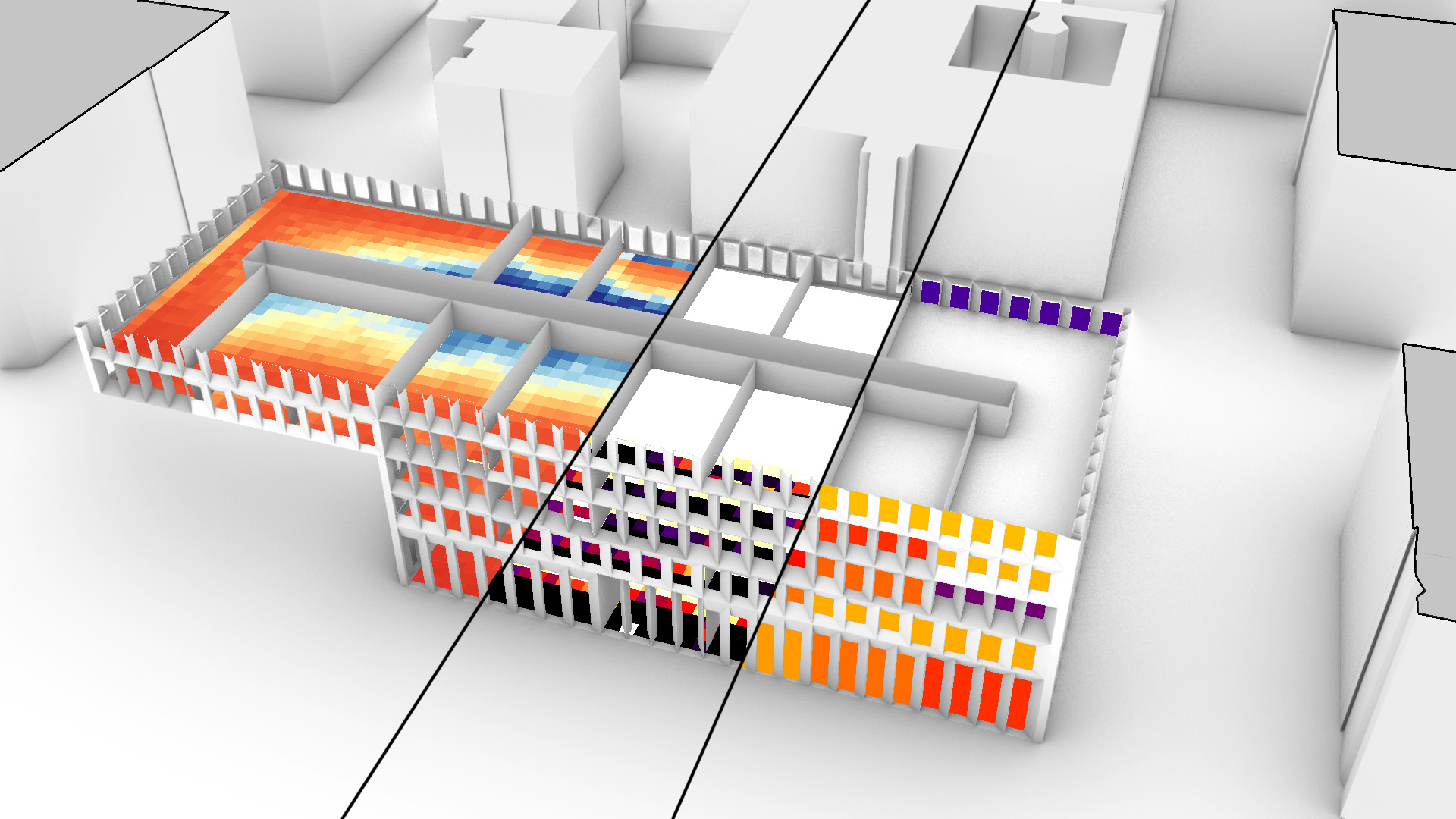

Key Learning Topics:
- Optimize daylight performance in combination with possible heat stress and glare issues.
- Apply radiation simulations to assess and balance solar gains and shading strategies.
- Optimize views while integrating them into facade performance assessments.
- Highlight viewpoints and rationalize them for benchmarking.
- Use sustainability metrics across design scales, from massing to detailed facade elements.
- Facilitate a smooth workflow from massing studies to facade rationalization by utilizing structured Grasshopper logic.
- Apply evolutionary solvers to optimize form and facade parameters iteratively.
- Set up early-stage energy modeling workflows to support informed design decisions.
- Set up Carbon emissions for building elements for the integral approach and awareness.
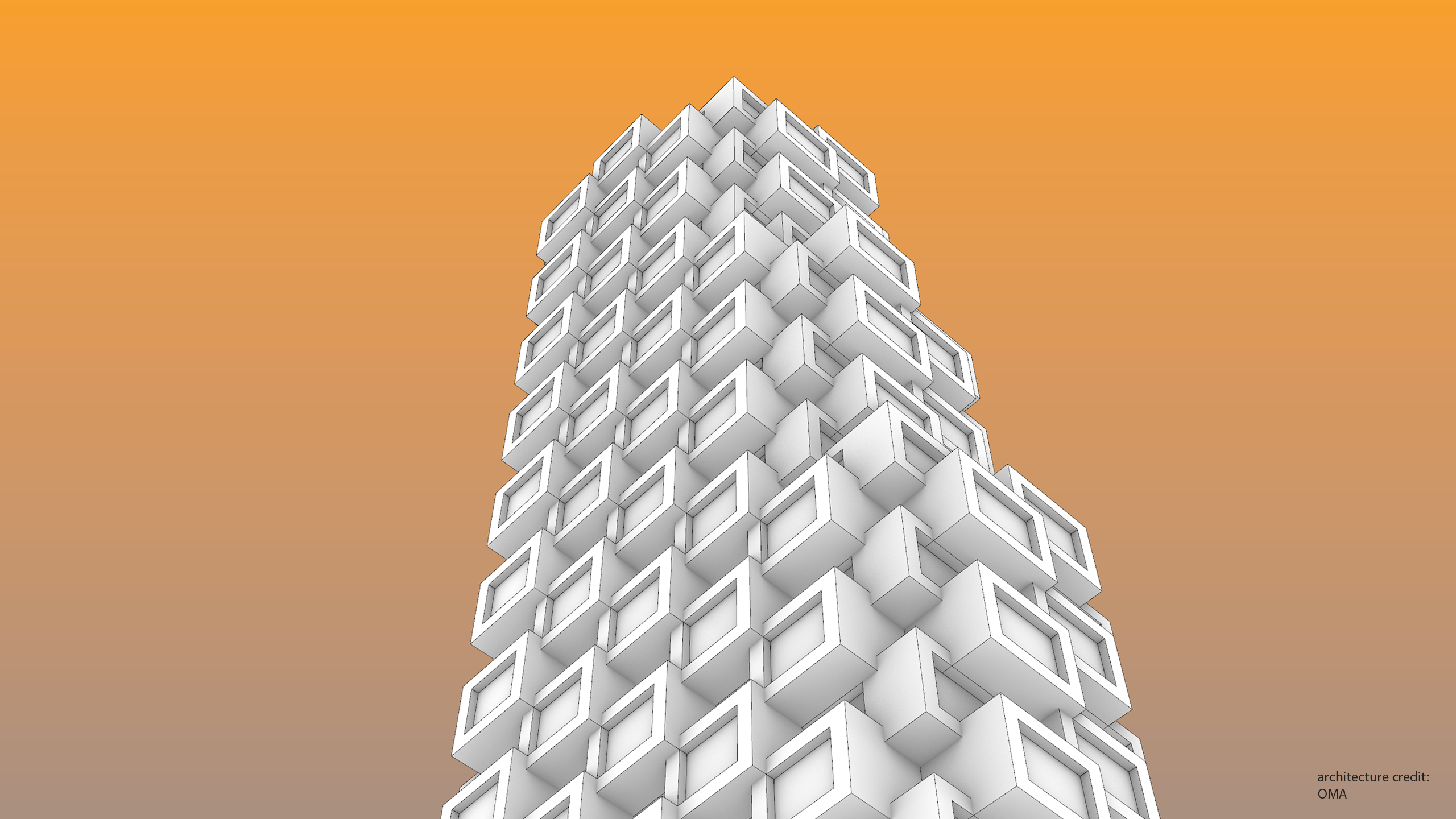
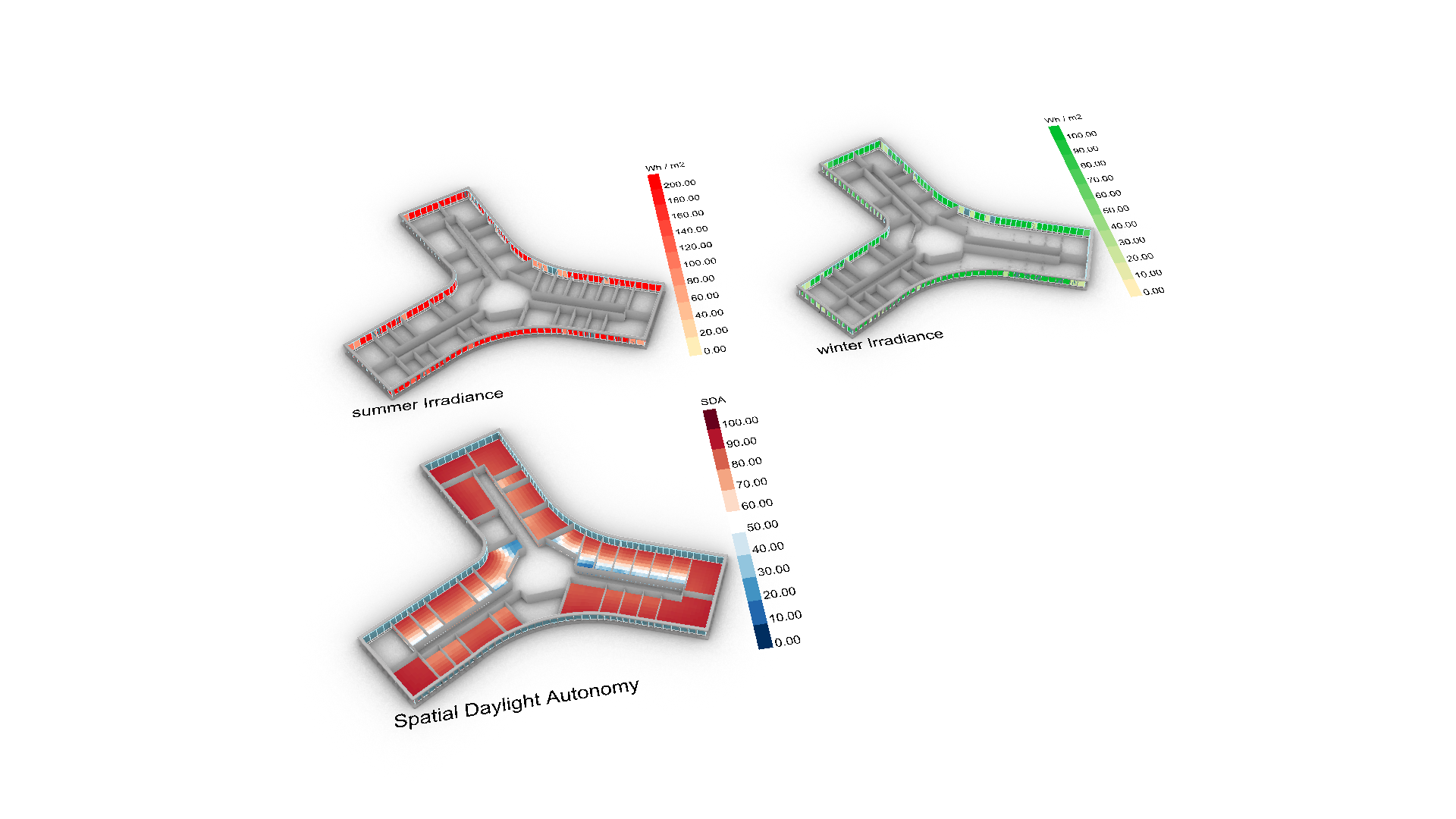
Program:
Day 1
Introduction
Sustainable Metrics Presentation
- Deep dive into sustainability metrics with the urban and architecture field, accompanied by real-life examples and simulations
Computational Concepts Essentials
- This session explores the different computational jargon, concepts, and techniques that will be used in the workshop.
Rhino and Grasshopper Workflow
- This session will demonstrate how to set up Rhino and Grasshopper, as well as how to structure your data based on the use case. How to set parameters
From Points to Mesh/SubD
- Demonstration on how to make organic shapes mainly from points and curves. From there to mesh and from mesh to SubD.
Solar Studies & Sustainability Metrics
- How to quantify the performance of your designs and how to unify the results so they can be reviewed from the same framework
- Assignment
- Q&A
Day 2
Day 1 Assignment Review
Implementing Facade Articulation
- We will dive into facade setup and articulation, exploring how to add detail and expression to the facade and how this interacts with shading devices.
Daylight & Solar Simulations
- How to apply these simulations to your project, how to group your geometry for flexibility in building properties, and how to assess them as project KPI’s
Implementation of Evolutionary Solver
- The design is in place, the parametric framework is established, and project KPIs are defined. Let’s combine them to start optimizing.
- Assignment
- Q&A
Software
Workshop Notes:
- Please ensure you have all the software installed before the workshop starts. Software installation is NOT a part of the workshop.
Instructor:
Olaf Olden

Olaf Olden is a sustainability technologist whose work explores the intersection between sustainability and parametric design. He completed his master’s degree at TU Delft in 2021, following his initial studies at the University of Applied Sciences in Arnhem. Driven by a longstanding goal to contribute to a more sustainable built environment, Olaf has shaped his career around this mission.
He began as a sustainability consultant, focusing on the social and environmental performance of buildings, public spaces, and BREEAM certification processes. This experience led him to a similar role at MVRDV, where he further developed his expertise. A pivotal chapter in his professional journey was his time at OMRT, where he gained in-depth experience with parametric design, a central pillar of his work today.
Currently, Olaf works as a Sustainability Technologist at UNS, where he develops practical tools that enable architects to embed sustainability into their design processes. He also shares his knowledge as a teacher at TU Delft and through his own company, MisterMetric. Alongside this, he runs a YouTube channel under the same name, aiming to make parametric design and sustainability concepts more accessible to a broader audience. Through all of these efforts, he hopes to contribute to the conversation about how technology can drive a more responsible future for architecture.
Important Notes:
- The “Design Integration with Cyclops, Ladybug & Wallacei” Studio workshop by PAACADEMY will start at 14:00 (GMT) on Saturday, August 23rd, 2025.
- Total sessions: 2 Sessions
- The teaching duration per session will be 4 hours.
- Students will have time for a break between teaching hours.
- Each session and the entire studio will be recorded, and videos will be available for participants just a day after the class for an unlimited time.
- PAACADEMY will provide a certificate of attendance.
- The studio has limited seats. Tickets are non-transferable & non-refundable. Please read carefully before you register.
Topic: Design Integration with Cyclops, Ladybug & Wallacei
Date: August 23 – 24, 2025
Time: 14:00 – 18:00 GMT
Format: Online on Zoom
Duration: 2 Sessions (8 Hours)
Registration Deadline: August 22nd, 2025
Total Seats: 50 seats
Difficulty: Beginner-Intermediate
Language: English
Certificate: Yes
General Registration: 100 EUR
Join free: with Full Access membership
Fee For Digital Members: 85 EUR (15% discount available only for Digital Members)
Organized By: PAACADEMY
Tutor: Olaf Olden
Recordings: Recordings will be available for all participants afterward indefinitely.





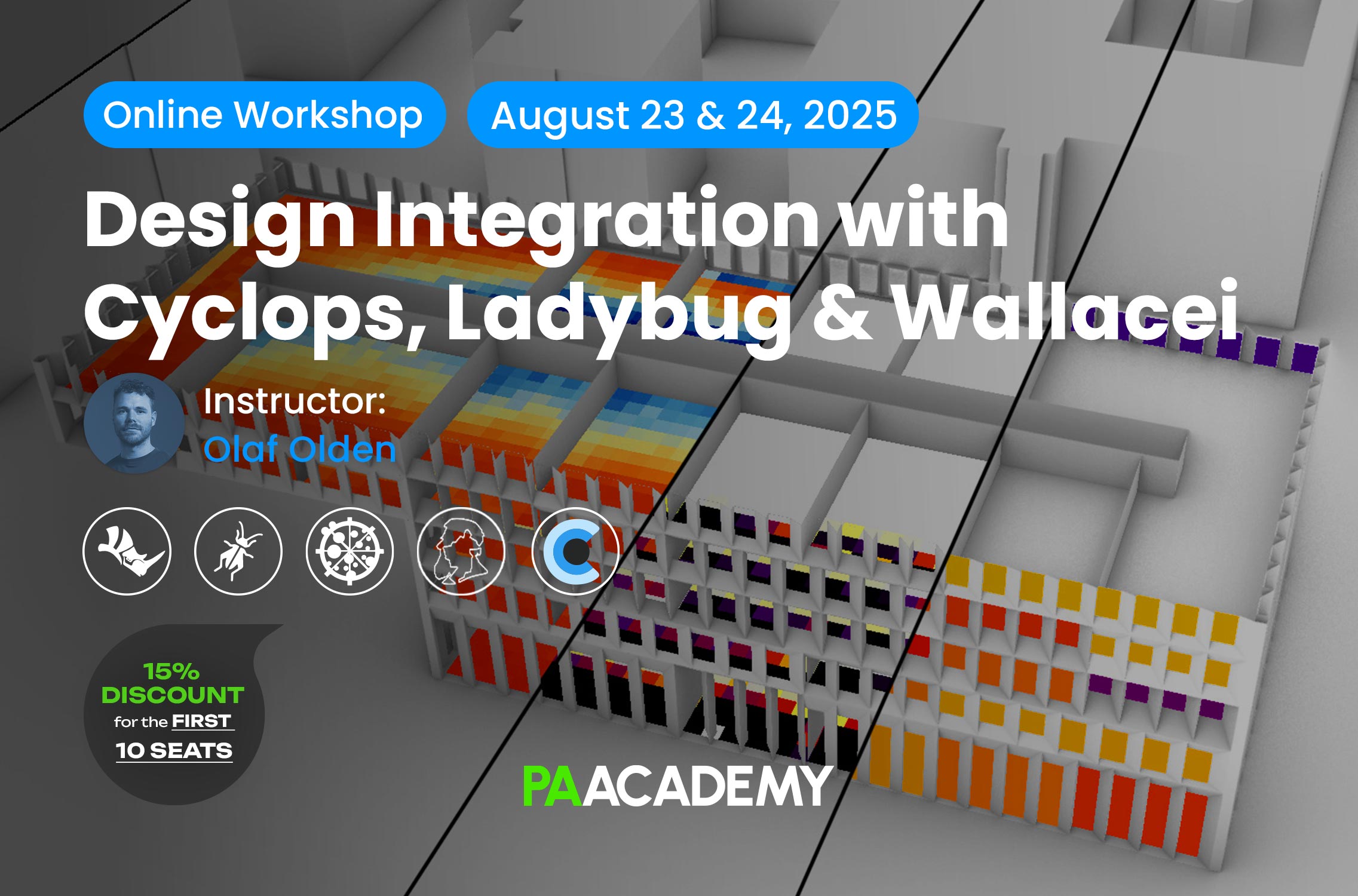
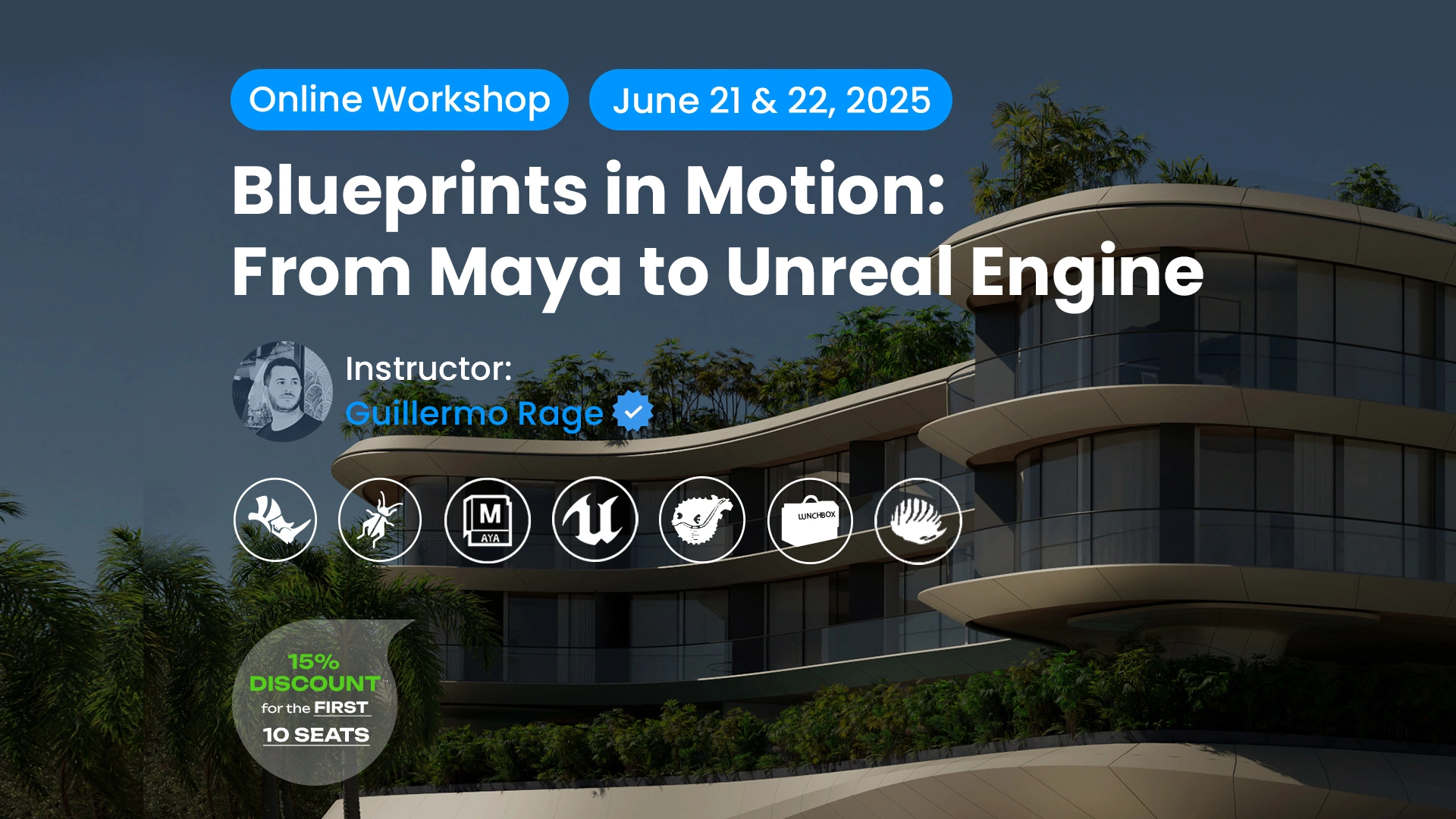
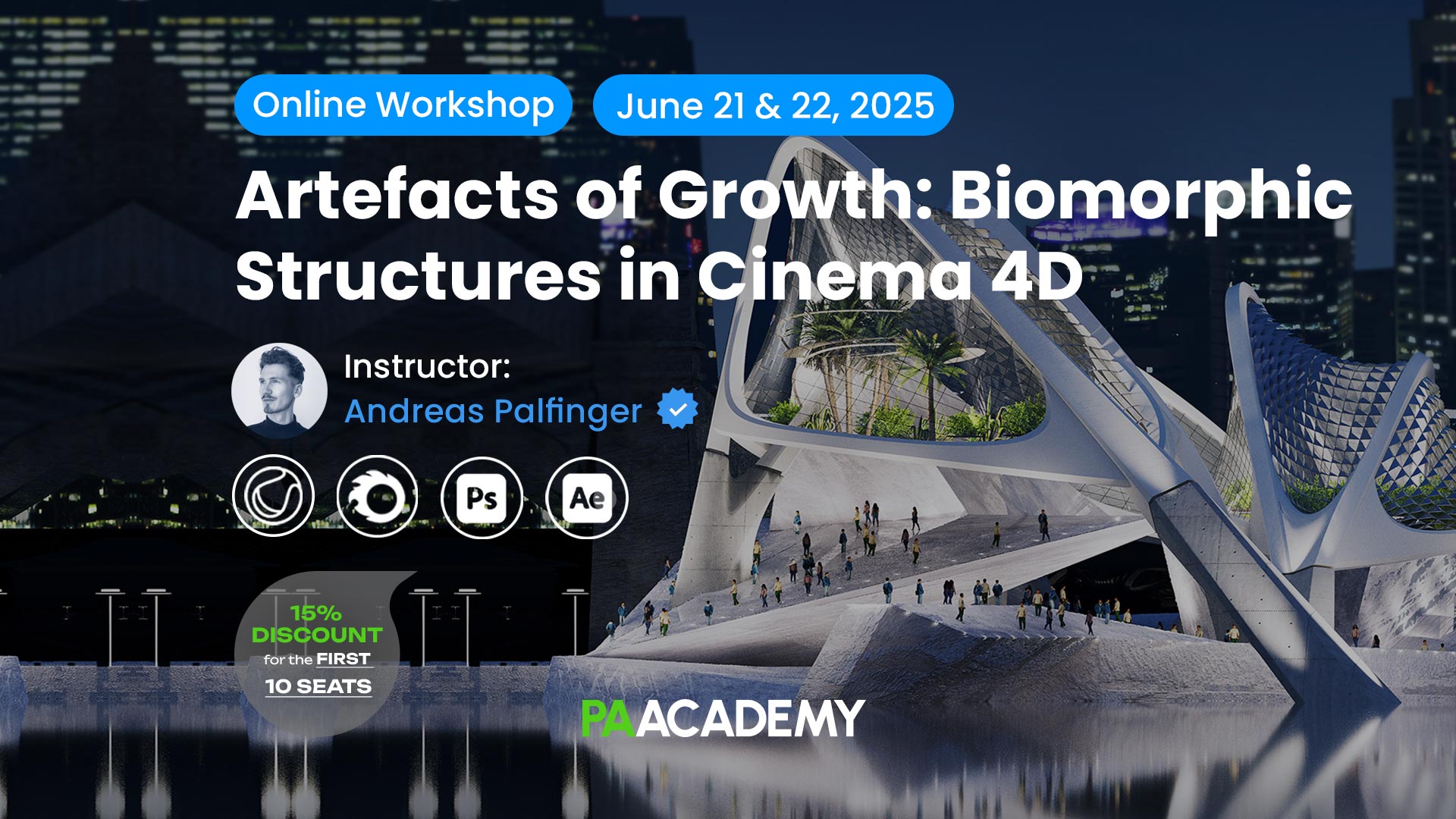











Leave a comment